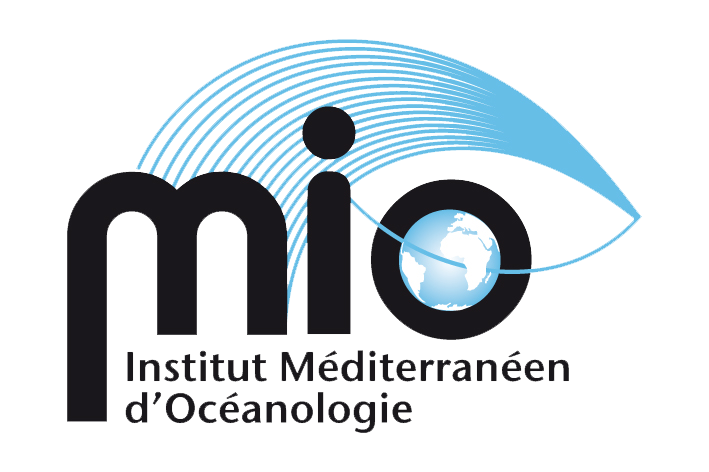Adam Monier et Martha Valiadi de l'université d'Exeter en visite au MIO donneront un séminaire à deux voix autour des virus et dinoflagellés le lundi 27 janvier à 13h
Evolution and ecology of bioluminescence in marine dinoflagellates
Martha Valiadi - Living Systems Institute, University of Exeter
Some dinoflagellates possess the remarkable genetic, biochemical, and cellular machinery to produce bioluminescence. Their bright flashes deter visual predators like copepods, thus potentially having a significant role in survival and bloom formation. Bioluminescent species appear to be ubiquitous in surface waters globally and include numerous cosmopolitan and harmful taxa.
This talk will provide an introduction to the bioluminescence system of dinoflagellates, the evolution of bioluminescence proteins in relation to the ecology of distinct bioluminescent lineages, and the new directions arising in the research field.
Killers & Symbionts: viruses and infected phytoplankton in the oceans
Adam Monier - Living Systems Institute, University of Exeter
Phytoplankton underpin ocean biogeochemistry. Changes in species composition and cellular metabolisms of phytoplankton assemblages reshape the ecosystem processes they mediate, with cascading effects on the carbon exported to the deep ocean and the energy channelled across food webs. It is thus crucial to gain a better understanding of their biology. Recent studies have revealed that the chemical crosstalk occurring naturally between algae and other microbes influences their respective metabolism. Consequently, there is a growing recognition that microbial interactions must be reconsidered in our effort to unravel algal physiology and ecology. However, a predominant type of microbial interaction is still being overlooked: viral infection.
Viruses are the most abundant biological entities in the oceans and exert strong top-down control on phytoplankton populations; yet, our knowledge about phytoplankton draws heavily from "healthy" laboratory cultures and virtually nothing is known about the biology of "sick", virus-infected phytoplankton. Given the huge number of viral infections occurring across the oceans, this gap in our knowledge is detrimental to the way we understand, model and predict phytoplankton activity in marine ecosystems. I will describe recent work tracking the molecular and phenotypic changes induced by viruses to algal cells with the aim to determine if, perhaps counter-intuitively, viral infection provides temporarily novel capabilities to their hosts. For instance, are infected phytoplankton capable of using nutrients that healthy phytoplankton cannot even sense?

